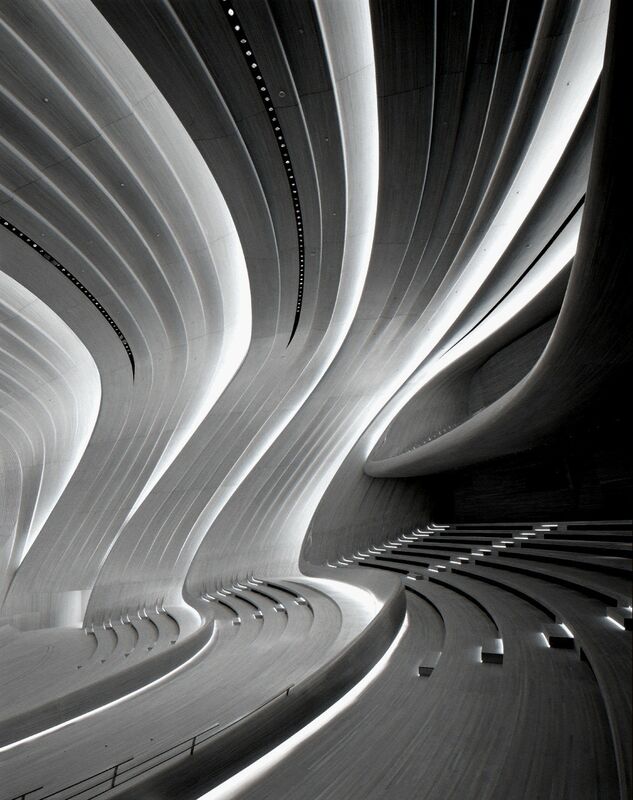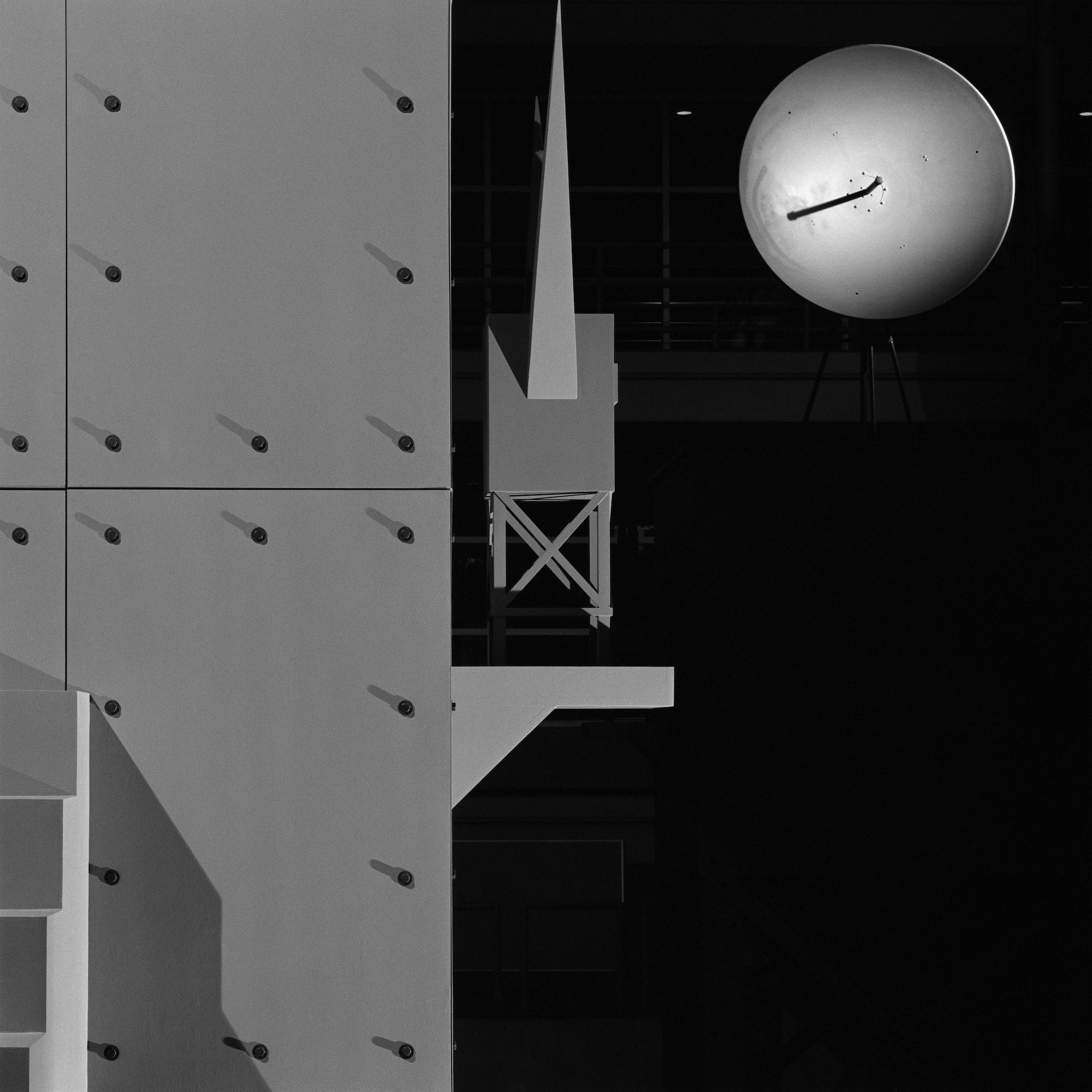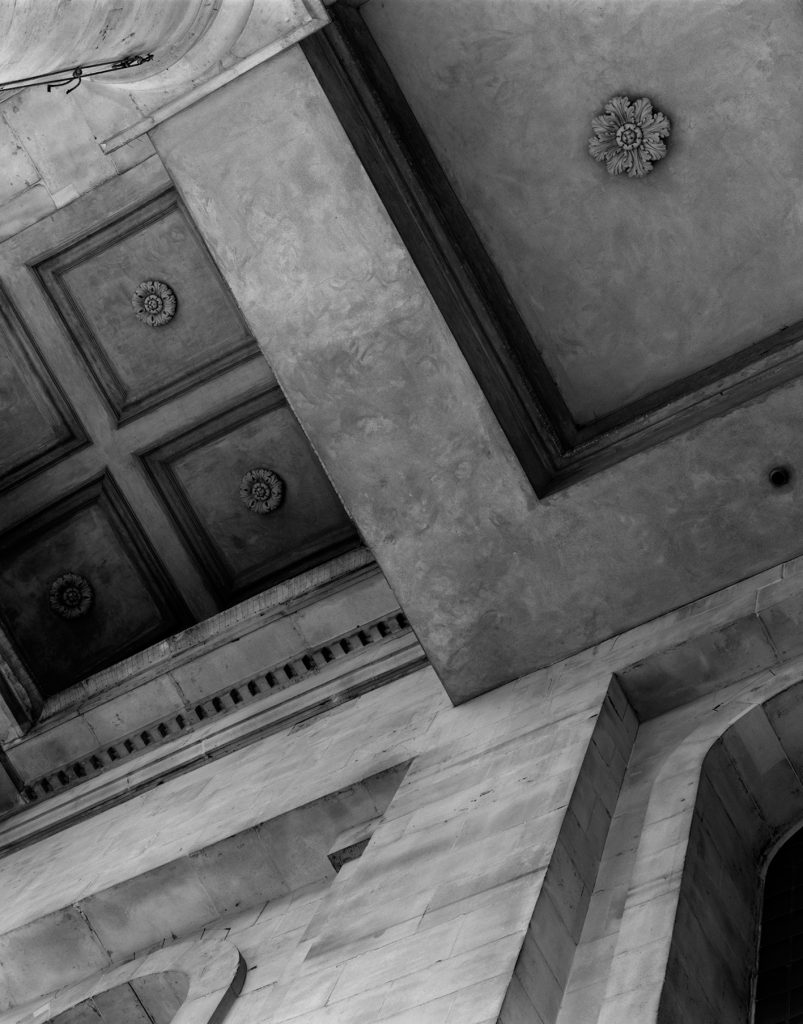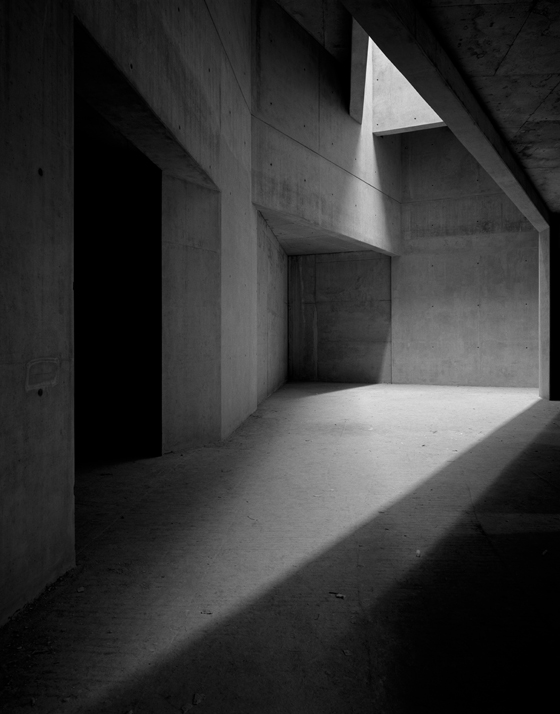Anna Atkins

Anna Atkins (March 1799 – June 1871) was an English photographer and Botanist known widely for her work using the cyanotype process to create what is considered to be the first photography book: Photographs of British Algae: Cyanotype Impressions, which was published in 1843. By 1850, this book was expanded upon with additional text and images. In 1854, with the help of Anne Dixon, she published the book Cyanotypes of British and Foreign Flowering Plants and Ferns, demonstrating Atkin’s interest in botany: ‘Despite the simplicity of her means, Atkins’s project was the first sustained effort to demonstrate that the medium of photography could be both scientifically useful and aesthetically pleasing’. She was taught by William Henry Fox Talbot on his methods of photography, being the Salt Print and Calotype processes and is considered by some to be the first woman to take a photograph.

The cyanotype process used by Atkins was created by Sir John Herschel in 1842. It leaves a blueprint of the object placed on a piece of paper which is coated in chemicals and left in the sun for about 5-10 minutes (or more depending on the weather). Due to the nature of this process, only the outline, or blueprint, of the object can be placed on it.
Moodboard of her Images








Karl Blossfeldt
Karl Blossfeldt (June 1865 – December 1932) was a German photographer and sculptor inspired by the forms and archetypes of nature. Blossfeldt’s dedication to capturing the form and patterns within nature can be seen throughout his work as well as his development of home-made cameras that could capture large amounts of detail. His most famous works being Urformen der Kunst (Art forms in Nature), where he photographed unique plants he had retrieved on a plain background. The plants he photographed typically had an intricate and complex shape, demonstrating that art was present simply within the forms of these plants. Blossfeldt stated that ‘The plant must be valued as a totally artistic and architectural structure’, (1999, Blossfeldt. K) suggesting that the form of plants, as well as sculptures and buildings, should be admired in a similar light.

Unlike Atkins’ (as well as what some make him out to be) his is not a scientist, his photographs were made as a piece of art to marvel at the beauty of nature, to be studied through the lens of art as opposed to the sciences. ‘Blossfeldt was neither a trained photographer nor a botanist. He was a sculptor who, as a professor of art, was interested in the plants for didactic reasons’. However it is interesting to see the similarities between these artist’s styles, while both having different purposes.
Moodboard of his Images






Image Analysis and Comparison


Atkin’s images, due to the nature of the cyanotype process, is a vibrant blue, giving it a colour that would not have been seen in other images created at the time, this vibrant blue also seems to give life to the leaf she has photographed. The leaf being on a blueprint may be an indirect reference to the construction of nature, linking with the golden rule, however it may also allude to the industrialisation of human society. The image itself is very angular but the shape of the leaf is organic and flowing in multiple directions, showing the irregularity of the shape.
Blossfeldt’s image is angular, with each leaf having some sort of thorns protruding off of it, creating an unusual shape. The plant itself seems to have a pattern in which the leaves are positioned, giving it a uniform, almost architectural appearance. There is a contrast between the tones of the plant; the centre parts of the leaves being a white and the ends/thorns being a dark grey/black. In addition, there is also a contrast between the lines that make up the plant, the thorns and stem having hard lines and edges due to its sharpness, and the lines inside the leaves being softer and curved.
Both of Atkins’ and Blossfeldt’s images depict a simple plant which has been removed from its natural environment, in an almost scientific way. It is work comparing the fact that Atkins was a scientist of Botany, while Blossfeldt was a teacher of art, meaning these images look similar, but have different purposes. Due to the difference of the processes the two were using, Atkins’ image is colourful compared with Blossfeldt’s, however, while Atkins’ image is still detailed, the process cannot show details within a shape (such as the lines within the leaf), unlike Blossfeldt’s image which shows the soft lines and differences in shade in the plant. As said above, both images have angular shapes and lines, giving the plants an arguably more interesting appearance.
Links to information:
Blossfeldt. K, Bataille. G, Mattenklott. G, (1999), Art Forms in Nature – The Complete Edition. Munich: Schirmer Art Books.
Accessed on 01/03/2023
https://wonderground.press/artdesign/the-art-of-nature-karl-blossfeldt/









































































































